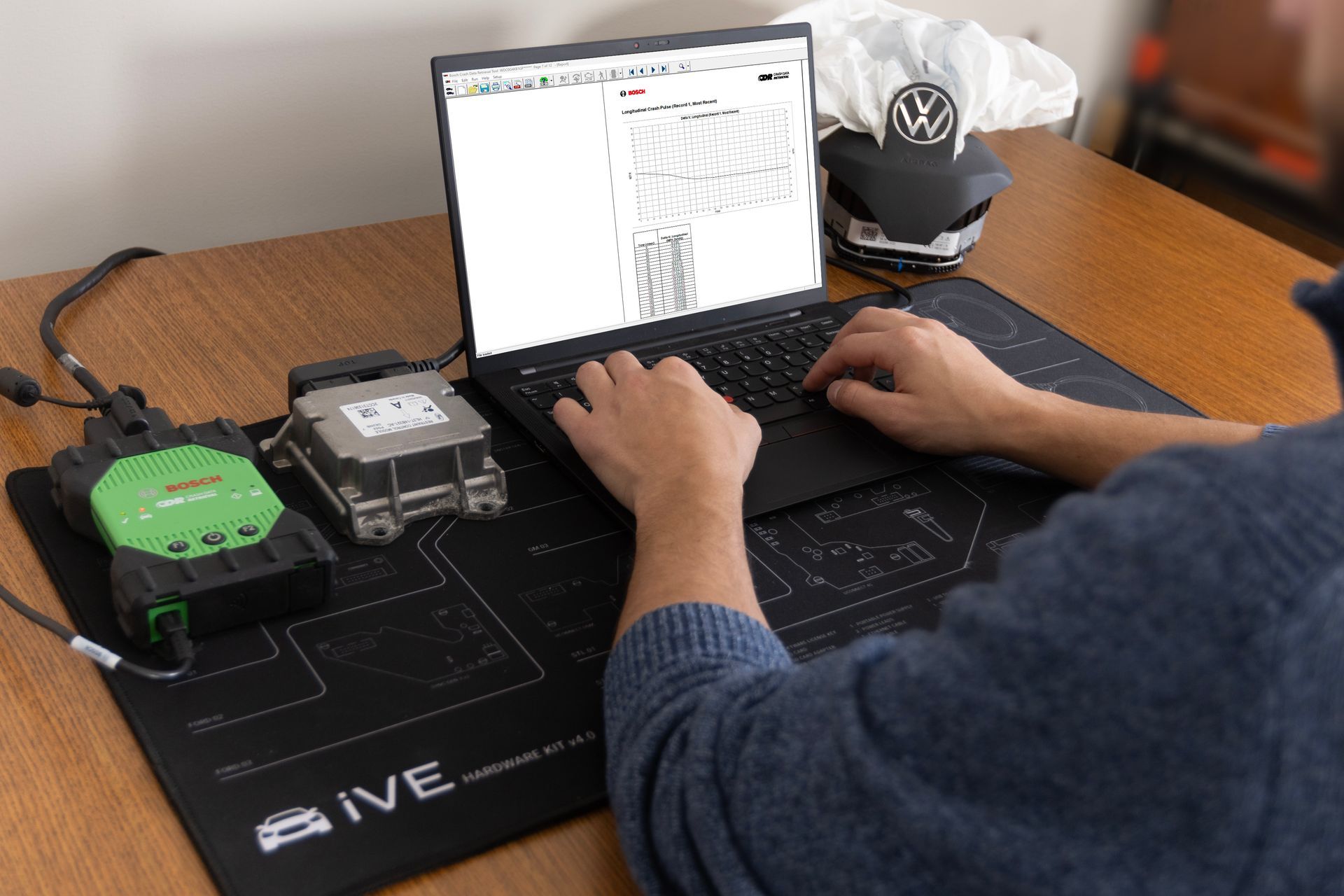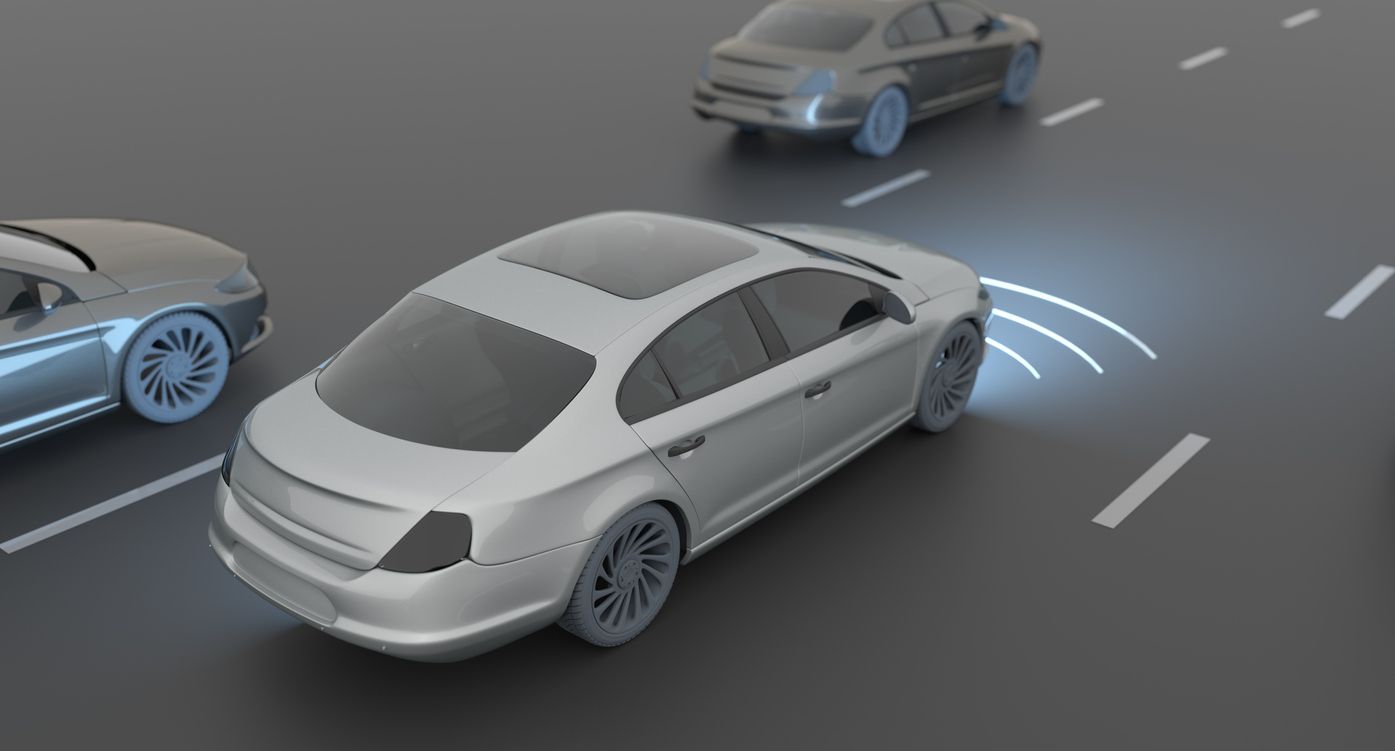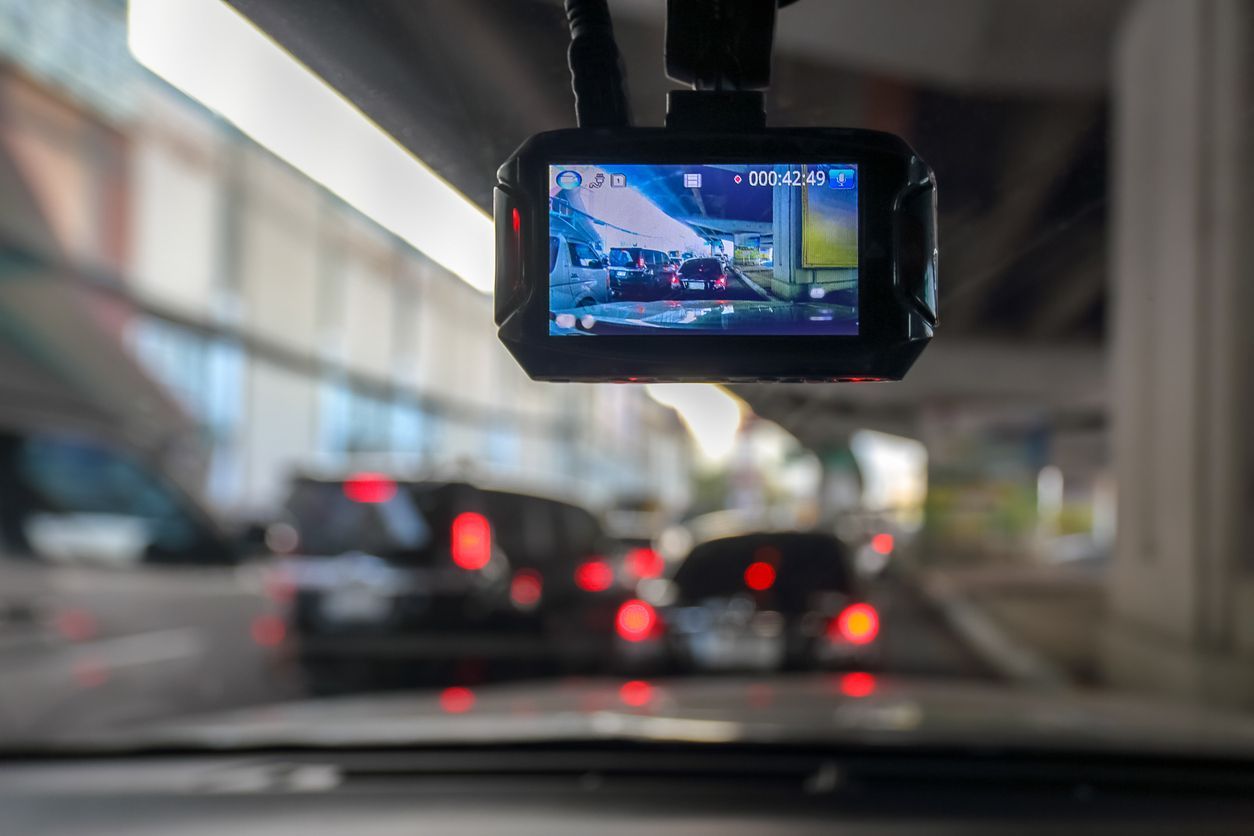Electronic Data Systems
Vehicle Electronic Data Systems
We maintain current up-to-date tools and training in the technologies necessary to download vehicle electronic data that can assist in reconstructing a collision. Modern vehicles can record data in various formats including electronic crash data, navigation routes, call logs, diagnostic data, and vehicle control history. In some cases, image data recorded in the moments leading up to a collision can be downloaded from the forward vision camera in vehicles equipped with an ADAS feature.

Pre-crash vehicle speed, braking and steering angle
Event data recorder retrieval
Driver restraint system usage data
Navigation history data
Connected devices and call logs
Vehicle diagnostic trouble codes
Event Data Recorders
Most modern vehicles are equipped with an event data record (EDR) from which we can download electronic crash data. This data typically includes both crash data and pre-crash data and may be recorded even if there is no airbag deployment in a crash. The crash data typically includes information quantifying the crash severity, seatbelt usage, and a list of the deployed safety devices. The pre-crash data typically includes the vehicle speed, accelerator pedal position, braking, and steering angle, in the seconds leading up to the collision.

Tesla EDR tool
Bosch CDR system
Hyundai / Kia EDR tool

Berla iVE
The Berla iVE system allows us to download data from vehicle infotainment systems, which can record vast amounts of data. In some cases, this data may help determine the vehicle movements leading up to a collision, where it occurred, and who was involved. Many infotainment systems record GPS data in the form of track logs or location data and may record connected devices and call logs. This data can be critical to confirming or refuting a driver’s statement as to how, where and when a collision occurred.

ADAS Data
Some modern vehicles equipped with an advanced driver assistance system (ADAS) record information related to the activation of those systems prior to an impending collision. This data may include the vehicle speed, steering angle, braking, and whether the ADAS pre-emptively applied the brakes before the collision. In some cases, the forward vision camera may record a sequence of images leading up to the collision, which can be used to determine the paths of the vehicles in the seconds leading up to the impact.

Video Analysis
Using forensic video analysis tools, we can import video files in most formats downloaded from surveillance cameras and dashcams. This allows us to analyse videos frame by frame, and to extract metadata which can include important information such as time of day, GPS co-ordinates, and frame rate. We can also zoom in to capture important details in a video, and tag key frames to later skip to the frames that illustrate a particular point in the video. By combining key frames in a video with the measured scene geometry, we can often assess the speed of a vehicle as it passes by landmarks within the video.



